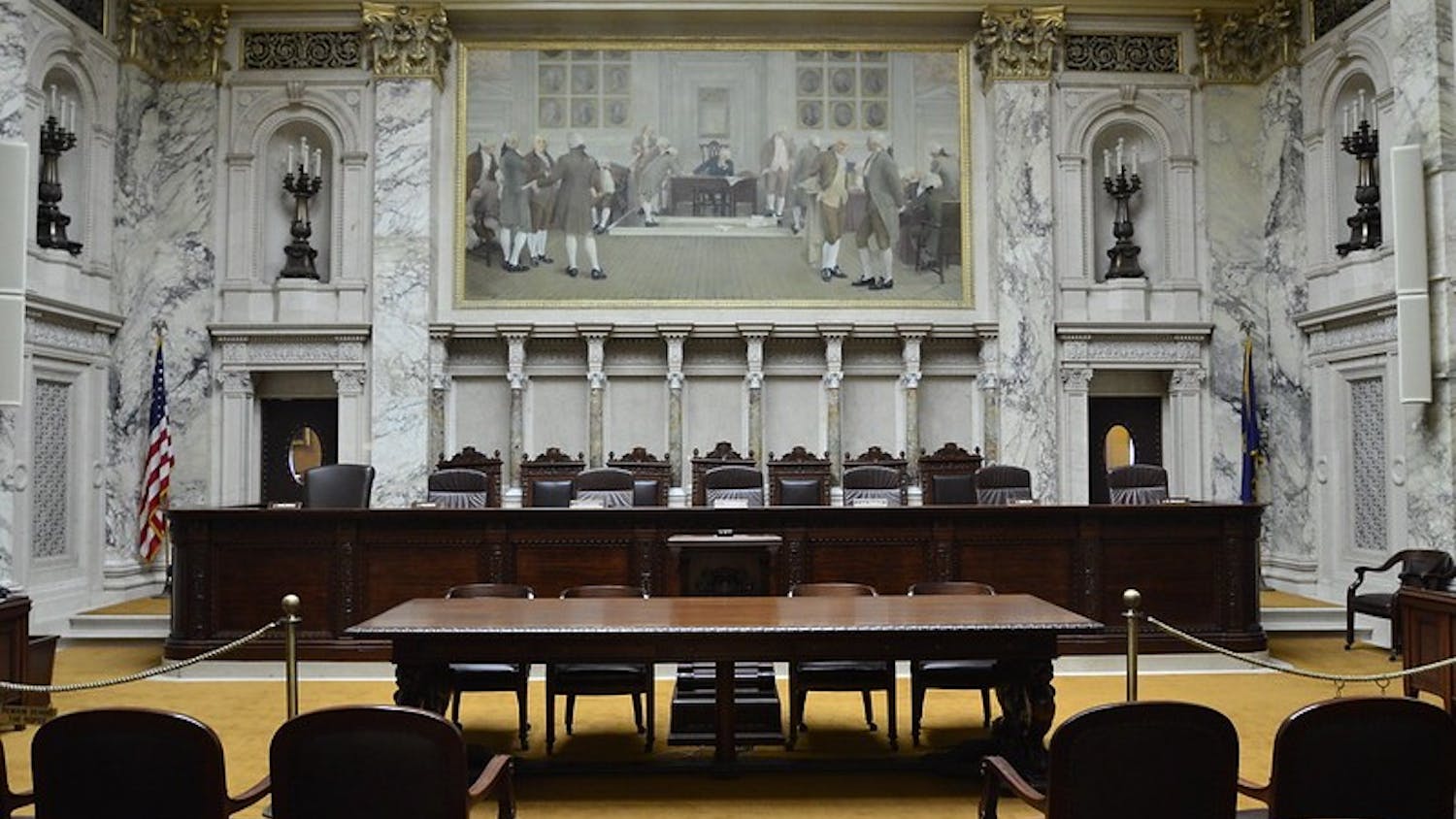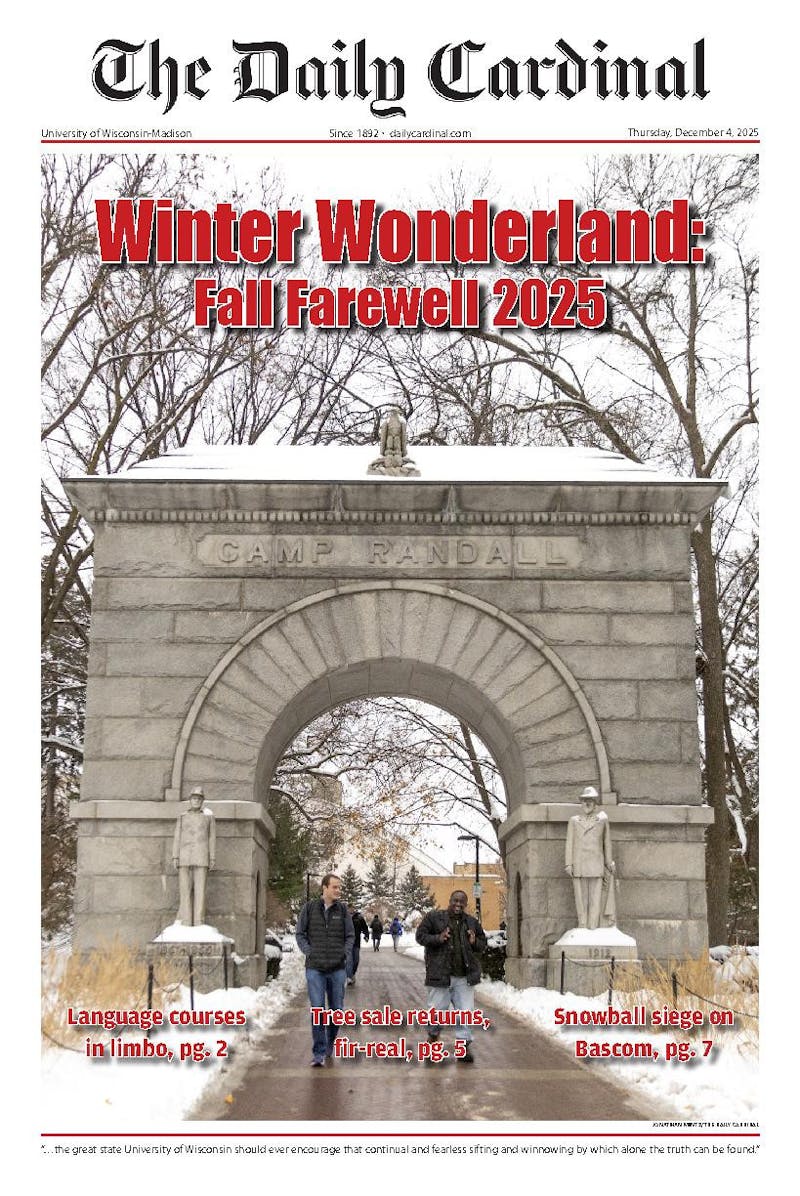Let's be clear about one thing: John Thomson gathers lichen, not moss.
Although much has changed since Thomson began collecting and studying lichens back in 1934, the man known as the \Dean of American Lichenology"" is still going strong at the tender age of 90. A UW-Madison professor emeritus of biology, Thompson still works on campus several days a week in his corner of Birge Hall.
""He's one of the most active retired professors I know,"" said Susan Will-Wolf, UW-Madison professor of botany.
The capstone to his life's efforts, a reference to over 600 species of lichens titled ""Lichens of Wisconsin,"" was published this year by the Wisconsin State Herbarium. Herbarium Director Paul Berry said the book provides a basis to begin the formidable task of classifying the multitude of species.
""[Lichenologists] haven't had a baseline list of lichens in the state,"" Berry said. ""This gives us a grounding on which people can start to do other work,"" he added.
UW-Madison botany Professor Tim Allen said trying to study lichens without such a method of classification is ""like trying to do biotech without knowing the names of the chemicals.""
Lichens are found on rocks and tree bark all over the world. While very common, they are a result of a complex relationship. Lichens are composed of algae and fungi growing together to form a unique symbiosis--the fungus provides protection and stores water while the algae generates food using photosynthesis, which fungi cannot perform.
Besides providing necessary food for northern animals such as deer and caribou, lichens are good indicators of a healthy, pollution-free environment.
""I wouldn't go down to Chicago and look for lichens,"" Thomson chuckled.
While botany has changed dramatically in the past 70 years, Thomson remains an unmistakable influence on others in the field.
""He's one of the original lichenologists in this country,"" Berry said. ""A lot of people who made a mark in the field were his students.""
""He's a scholar from the middle of the century,"" Allen added. ""He goes back to a generation when there were real botanists--he's done a lifetime of heavy lifting.""
Thomson is a bit more modest.
""Botany is much more detailed today,"" he said, pointing at a journal article with a paragraph-long title. ""I was looking at some of these papers and I don't even understand them.""
During his tenure at UW-Madison, Thomson was also curator of the university's collection of lichens. The herbarium now has over 115,000 lichens, many of which were sent to Thomson for identification.
""This is what I built,"" Thomson said. ""When I came, it would have all fit into two boxes.""
The herbarium is now well-stocked with manila folders full of small white collection envelopes stuffed into row upon row of cabinets. A particularly heavy folder holds lichens that are still on chunks of the rocks where they were found. So are there still more species yet to be found?
""You don't know until you find them,"" Thomson said.





